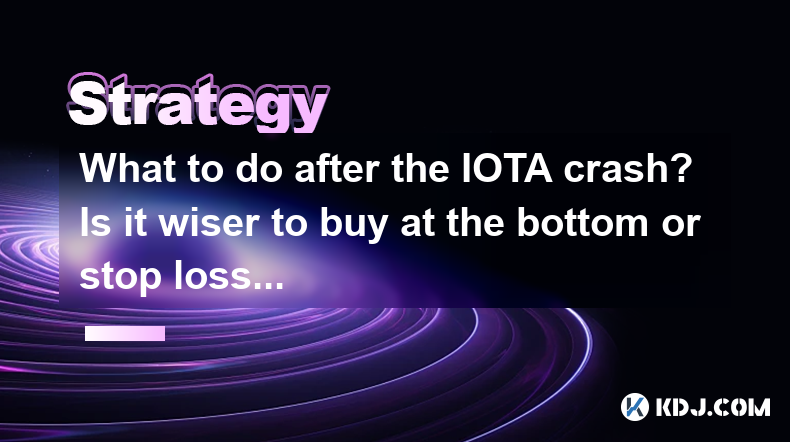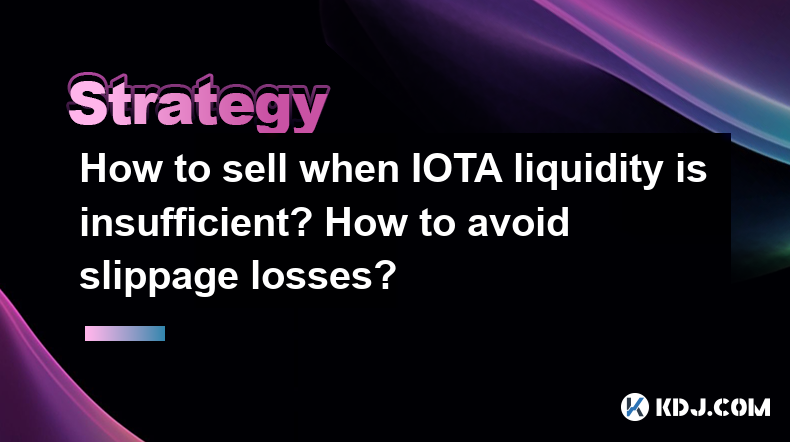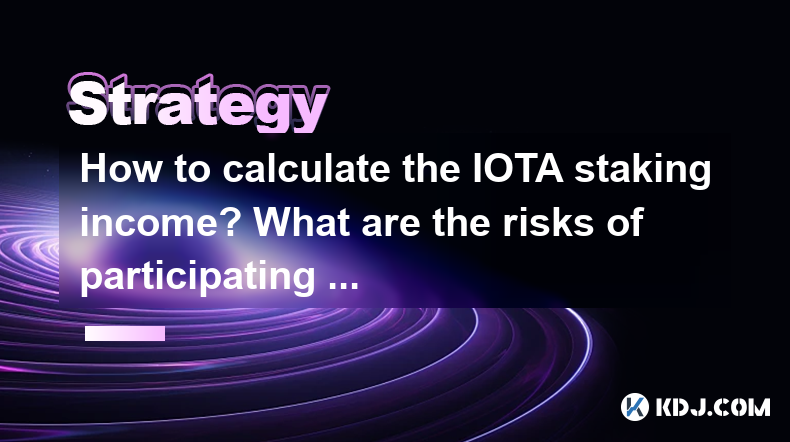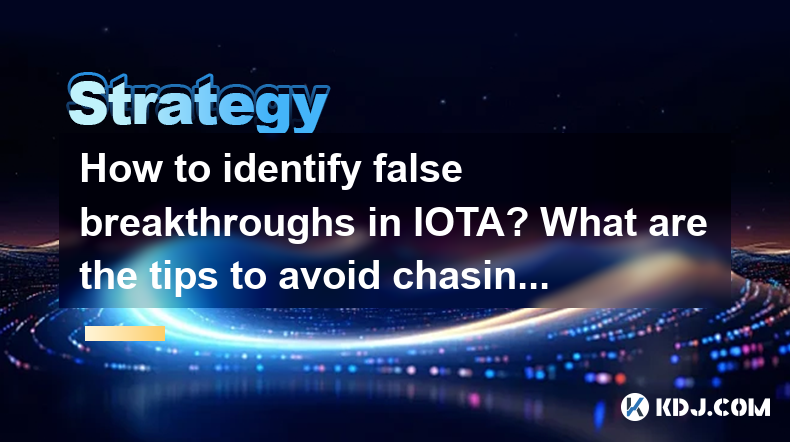-
 Bitcoin
Bitcoin $96,101.9561
-0.82% -
 Ethereum
Ethereum $1,825.8821
-0.09% -
 Tether USDt
Tether USDt $1.0004
0.01% -
 XRP
XRP $2.1966
-0.84% -
 BNB
BNB $596.4096
-0.45% -
 Solana
Solana $147.3281
-1.90% -
 USDC
USDC $1.0000
0.02% -
 Dogecoin
Dogecoin $0.1787
-1.07% -
 Cardano
Cardano $0.7012
-0.79% -
 TRON
TRON $0.2477
1.08% -
 Sui
Sui $3.3823
-2.39% -
 Chainlink
Chainlink $14.3607
-2.08% -
 Avalanche
Avalanche $20.8171
-2.78% -
 Stellar
Stellar $0.2698
-2.14% -
 UNUS SED LEO
UNUS SED LEO $8.9380
-0.10% -
 Toncoin
Toncoin $3.1650
-0.67% -
 Shiba Inu
Shiba Inu $0.0...01317
-2.10% -
 Hedera
Hedera $0.1825
-2.38% -
 Bitcoin Cash
Bitcoin Cash $368.3555
-0.24% -
 Hyperliquid
Hyperliquid $20.4276
0.05% -
 Litecoin
Litecoin $87.0004
-1.99% -
 Polkadot
Polkadot $4.1007
-1.96% -
 Dai
Dai $1.0000
0.00% -
 Bitget Token
Bitget Token $4.3836
-0.25% -
 Monero
Monero $274.2096
-1.43% -
 Ethena USDe
Ethena USDe $1.0007
-0.01% -
 Pi
Pi $0.5829
-2.18% -
 Pepe
Pepe $0.0...08373
-3.90% -
 Aptos
Aptos $5.2953
-3.27% -
 Uniswap
Uniswap $5.1577
-1.94%
What are the UNI selling strategies? How to set the stop-profit and stop-loss points
Learn to sell UNI effectively with strategies like HODL, DCA, and technical analysis. Set stop-profit at 20% and stop-loss at 10% to manage your crypto investments wisely.
May 02, 2025 at 11:08 pm

In the world of cryptocurrencies, understanding how to sell your assets effectively is crucial, particularly with tokens like UNI (Uniswap's governance token). This article will delve into various UNI selling strategies and guide you on setting stop-profit and stop-loss points to manage your investments wisely.
Understanding UNI and Its Market Dynamics
UNI, the native token of the Uniswap decentralized exchange, has been a popular asset among crypto traders due to its utility in governance and liquidity provision. The market dynamics of UNI are influenced by factors such as overall crypto market trends, developments within the Uniswap ecosystem, and broader economic conditions. Understanding these dynamics is essential for developing effective selling strategies.
Strategy 1: HODL and Periodic Selling
One common strategy among crypto investors is HODL (Hold On for Dear Life), which involves holding onto your UNI tokens for the long term. However, to manage risk and realize gains, you can complement this strategy with periodic selling.
- Monitor Market Trends: Keep an eye on the overall market sentiment and UNI-specific news.
- Set Selling Intervals: Decide on intervals at which you will sell a portion of your UNI holdings, such as monthly or quarterly.
- Evaluate Gains: After each interval, assess the gains you've made and adjust your selling strategy accordingly.
Strategy 2: Dollar-Cost Averaging (DCA) Selling
Dollar-Cost Averaging (DCA) is a strategy typically used for buying, but it can also be applied to selling. This involves selling a fixed amount of UNI at regular intervals, regardless of the market price.
- Determine Selling Amount: Choose a fixed amount of UNI to sell at each interval.
- Set Intervals: Decide on the frequency of your sales, such as weekly or bi-weekly.
- Execute Sales: Consistently sell the predetermined amount of UNI at each interval.
Strategy 3: Technical Analysis-Based Selling
Technical analysis involves studying price charts and using indicators to predict future price movements. This strategy can help you identify optimal selling points for your UNI tokens.
- Choose Indicators: Select technical indicators such as Moving Averages, Relative Strength Index (RSI), or Bollinger Bands.
- Analyze Trends: Use these indicators to identify trends and potential reversal points.
- Set Selling Triggers: Based on your analysis, set specific price levels or conditions that will trigger your UNI sales.
Setting Stop-Profit Points
Stop-profit points are predetermined price levels at which you will sell your UNI tokens to lock in profits. Setting these points helps you capitalize on favorable market movements while managing risk.
- Assess Your Goals: Determine your profit targets based on your investment goals and risk tolerance.
- Calculate Profit Levels: Decide on the percentage of profit you want to achieve, such as 10%, 20%, or 30%.
- Set the Stop-Profit Point: Use your trading platform to set a stop-profit order at the calculated price level. For example, if you bought UNI at $10 and want a 20% profit, set your stop-profit point at $12.
Setting Stop-Loss Points
Stop-loss points are essential for limiting potential losses. They are set at a price level below the current market price, triggering a sale if the price falls to that level.
- Evaluate Risk Tolerance: Determine how much loss you are willing to accept before selling your UNI.
- Calculate Loss Levels: Decide on the percentage of loss you are willing to tolerate, such as 5%, 10%, or 15%.
- Set the Stop-Loss Point: Use your trading platform to set a stop-loss order at the calculated price level. For example, if you bought UNI at $10 and want to limit your loss to 10%, set your stop-loss point at $9.
Strategy 4: News-Based Selling
News-based selling involves reacting to significant news or events that could impact the price of UNI. This strategy requires staying informed and acting swiftly.
- Stay Informed: Regularly check reliable sources for news related to Uniswap and the broader crypto market.
- Assess Impact: Evaluate how the news might affect UNI's price and decide whether it warrants selling.
- Execute Sales: If the news is significant and likely to cause a price drop, sell your UNI before the market reacts.
Strategy 5: Portfolio Rebalancing
Portfolio rebalancing involves adjusting your holdings to maintain a desired asset allocation. This strategy can help you manage risk and capitalize on market movements.
- Set Target Allocations: Determine the percentage of your portfolio that should be allocated to UNI.
- Monitor Deviations: Regularly check your portfolio to see if the actual allocation deviates from your target.
- Rebalance: If UNI's allocation exceeds your target, sell some of your UNI to bring it back in line with your desired allocation.
Frequently Asked Questions
Q1: Can I use multiple selling strategies simultaneously for UNI?
Yes, you can combine different selling strategies to suit your investment goals and risk tolerance. For example, you might use HODL as your primary strategy but also set stop-profit and stop-loss points to manage risk.
Q2: How often should I review and adjust my stop-profit and stop-loss points for UNI?
It's advisable to review your stop-profit and stop-loss points regularly, such as weekly or monthly, to ensure they align with current market conditions and your investment goals. Adjust them as necessary based on your analysis and any changes in your risk tolerance.
Q3: What are some common mistakes to avoid when selling UNI?
Common mistakes include selling too early or too late, not setting stop-loss points, and reacting emotionally to market fluctuations. To avoid these, stick to your predetermined strategy, set clear stop-profit and stop-loss points, and avoid making impulsive decisions based on short-term market movements.
Q4: How can I stay updated on UNI-specific news to inform my selling decisions?
To stay updated on UNI-specific news, follow reputable crypto news websites, subscribe to Uniswap's official channels, and join relevant crypto communities on social media platforms. Regularly checking these sources will help you stay informed about developments that could impact UNI's price.
Disclaimer:info@kdj.com
The information provided is not trading advice. kdj.com does not assume any responsibility for any investments made based on the information provided in this article. Cryptocurrencies are highly volatile and it is highly recommended that you invest with caution after thorough research!
If you believe that the content used on this website infringes your copyright, please contact us immediately (info@kdj.com) and we will delete it promptly.
- Apple is now free to direct users to payments outside of its ecosystem
- 2025-05-03 18:00:26
- Pi Network Has Lost Nearly 90% of Its Value Within Two Months
- 2025-05-03 18:00:25
- XRP News Now Confirms the Ripple vs SEC Lawsuit is Officially Over
- 2025-05-03 17:55:13
- Troller Cat (TCAT) Coin Presale Is Live, Targeting the Next Wave of Meme-Coin Mania
- 2025-05-03 17:55:13
- Ethereum (ETH) May Be Stable, But It’s Not the Best Opportunity Right Now
- 2025-05-03 17:50:13
- Brett Coin (BRETT) Makes a Remarkable Comeback, Surging by 108% in April
- 2025-05-03 17:50:13
Related knowledge

What to do after the IOTA crash? Is it wiser to buy at the bottom or stop loss?
May 01,2025 at 08:43am
After experiencing a significant crash in the value of IOTA, investors and traders are often left wondering about the best course of action. The decision to buy at the bottom or implement a stop loss can be pivotal, and understanding the nuances of each strategy is essential for making informed decisions. This article delves into the various approaches ...

Is the IOTA trading robot easy to use? How to set up an automated strategy?
Apr 30,2025 at 09:21pm
Is the IOTA trading robot easy to use? How to set up an automated strategy? The world of cryptocurrency trading has seen significant advancements in automation, and one such tool is the IOTA trading robot. Many traders are curious about the ease of use of these robots and how to set up an automated strategy. This article will delve into these topics, pr...

Which is more suitable for novices, IOTA contracts or spot? Where is the risk difference?
May 03,2025 at 03:35pm
When considering which cryptocurrency investment is more suitable for novices, it's essential to understand the differences between IOTA contracts and spot trading. Both options present unique opportunities and risks, but they cater to different types of investors with varying levels of experience and risk tolerance. In this article, we will delve into ...

How to sell when IOTA liquidity is insufficient? How to avoid slippage losses?
Apr 30,2025 at 05:21pm
Understanding IOTA LiquidityWhen dealing with cryptocurrencies like IOTA, liquidity refers to how easily you can buy or sell the asset without affecting its market price significantly. Insufficient liquidity in IOTA can lead to challenges such as slippage, where the price at which your order is executed differs from the price you expected. This article ...

How to calculate the IOTA staking income? What are the risks of participating in staking?
Apr 30,2025 at 10:01pm
Introduction to IOTA StakingIOTA is a distributed ledger technology that enables feeless microtransactions and data integrity for the Internet of Things (IoT). Recently, IOTA introduced staking, allowing users to participate in network validation and earn rewards. Understanding how to calculate your potential income from IOTA staking and the associated ...

How to identify false breakthroughs in IOTA? What are the tips to avoid chasing ups and downs?
May 01,2025 at 08:15am
In the volatile world of cryptocurrencies, IOTA, like other digital assets, is prone to false breakthroughs that can mislead investors. Identifying these false signals and avoiding the pitfalls of chasing ups and downs are critical skills for any investor. This article will delve into the strategies to spot false breakthroughs in IOTA and provide tips t...

What to do after the IOTA crash? Is it wiser to buy at the bottom or stop loss?
May 01,2025 at 08:43am
After experiencing a significant crash in the value of IOTA, investors and traders are often left wondering about the best course of action. The decision to buy at the bottom or implement a stop loss can be pivotal, and understanding the nuances of each strategy is essential for making informed decisions. This article delves into the various approaches ...

Is the IOTA trading robot easy to use? How to set up an automated strategy?
Apr 30,2025 at 09:21pm
Is the IOTA trading robot easy to use? How to set up an automated strategy? The world of cryptocurrency trading has seen significant advancements in automation, and one such tool is the IOTA trading robot. Many traders are curious about the ease of use of these robots and how to set up an automated strategy. This article will delve into these topics, pr...

Which is more suitable for novices, IOTA contracts or spot? Where is the risk difference?
May 03,2025 at 03:35pm
When considering which cryptocurrency investment is more suitable for novices, it's essential to understand the differences between IOTA contracts and spot trading. Both options present unique opportunities and risks, but they cater to different types of investors with varying levels of experience and risk tolerance. In this article, we will delve into ...

How to sell when IOTA liquidity is insufficient? How to avoid slippage losses?
Apr 30,2025 at 05:21pm
Understanding IOTA LiquidityWhen dealing with cryptocurrencies like IOTA, liquidity refers to how easily you can buy or sell the asset without affecting its market price significantly. Insufficient liquidity in IOTA can lead to challenges such as slippage, where the price at which your order is executed differs from the price you expected. This article ...

How to calculate the IOTA staking income? What are the risks of participating in staking?
Apr 30,2025 at 10:01pm
Introduction to IOTA StakingIOTA is a distributed ledger technology that enables feeless microtransactions and data integrity for the Internet of Things (IoT). Recently, IOTA introduced staking, allowing users to participate in network validation and earn rewards. Understanding how to calculate your potential income from IOTA staking and the associated ...

How to identify false breakthroughs in IOTA? What are the tips to avoid chasing ups and downs?
May 01,2025 at 08:15am
In the volatile world of cryptocurrencies, IOTA, like other digital assets, is prone to false breakthroughs that can mislead investors. Identifying these false signals and avoiding the pitfalls of chasing ups and downs are critical skills for any investor. This article will delve into the strategies to spot false breakthroughs in IOTA and provide tips t...
See all articles




















































































